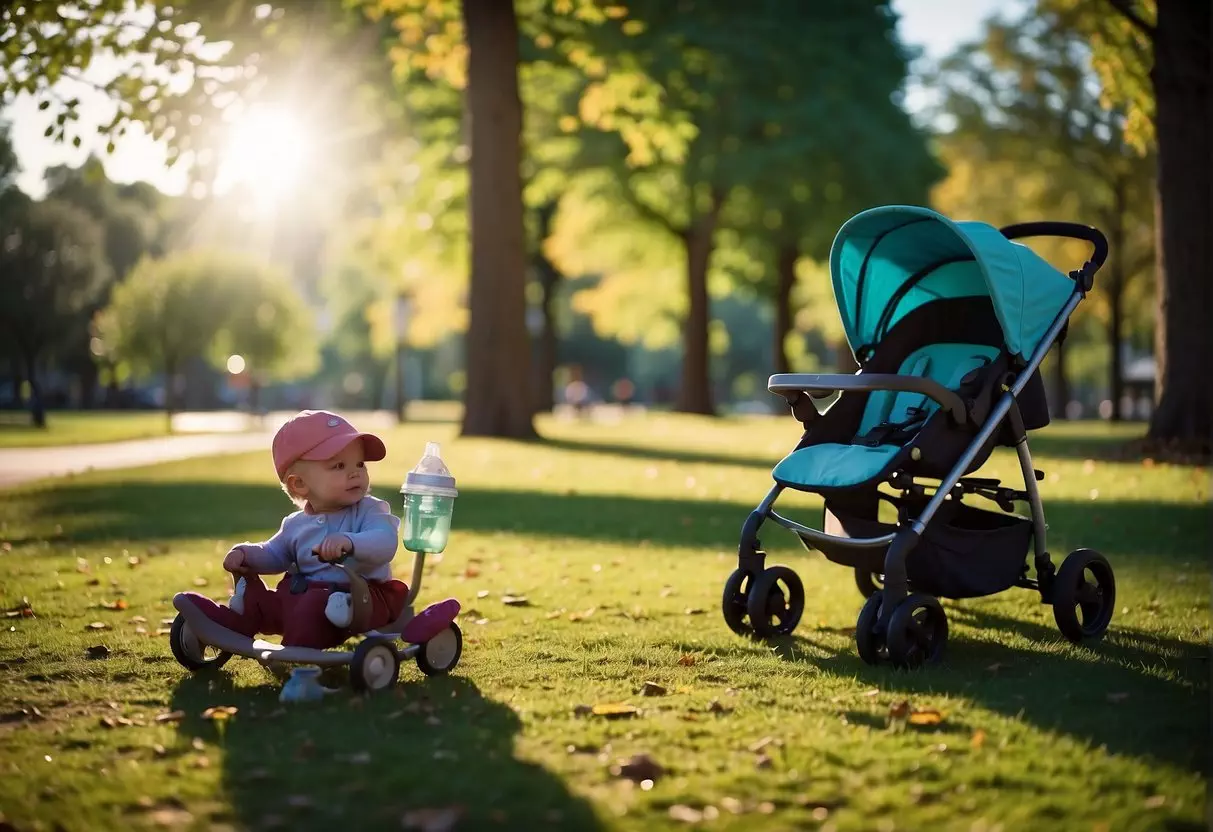Should a 5 Year Old Be in a Pushchair? Exploring Mobility Development
As your child hits the five-year mark, you might be wondering if it’s still appropriate for them to use a pushchair. By this age, most children have honed their walking skills and have a natural desire to explore. However, there could be instances when a stroller serves as a practical aide for your family. Whether due to the distance of travel, speed of adult walking pace, or simply managing a busy day out, it’s not uncommon to see children around this age occasionally riding in pushchairs.

The decision to keep using a pushchair with your five-year-old often hinges on several factors, including their physical need, the context of the journey, and at times, their emotional state. Long days out, particularly in busy environments like theme parks or travel destinations, might justify the use of a stroller. This not only helps in managing fatigue but also ensures child safety in crowded spaces. Strollers are also convenient for carrying supplies, whether it’s snacks, toys or a change of clothes, which can be invaluable on lengthier excursions.
Ultimately, the choice to use a stroller at this stage in your child’s development should come down to a balance of your child’s growing independence and the practical benefits a pushchair provides to your family. It’s about considering your child’s comfort and safety while also acknowledging their progress towards more self-sufficiency. Remember, every child’s development is unique, and your parenting intuition will guide you to make the best choice for your child and your family’s lifestyle.
Table of Contents
Assessing the Need for a Pushchair at Five Years Old

When determining if a pushchair is necessary for your five-year-old, consider their physical development, the need for comfort during extended trips, and safety in various travel situations.
Physical Development and Walking Skills
Your child’s growth and walking ability are key in deciding whether a pushchair is still suitable. At around five years of age, most children have developed the muscle strength and coordination for walking longer distances without assistance. However, some children may tire easily or still be refining their walking skills, especially during lengthy outings. If your five-year-old often requests to be picked up or shows signs of fatigue, you might want to consider a lightweight stroller for those longer walks.
Comfort and Convenience on Long Outings
For outings such as day trips or travel to places like theme parks, the comfort that a stroller provides can be invaluable. A lightweight stroller not only ensures that your toddler remains rested but also offers a place to nap if needed. Besides, strollers come in handy for carrying snacks, drinks, and other essentials, which helps maintain a pleasant experience for both you and your child on long outings.
Safety Considerations for Travel and Terrain
Safety is paramount, and a stroller with a sturdy safety harness and reliable straps can provide additional protection in busy or uneven terrains. When navigating through crowded places or traveling, having your five-year-old in a pushchair might be the safer option, ensuring they don’t get lost in the hustle and bustle. Moreover, the design of modern travel systems can help shield your child from the elements and ensure they’re secure regardless of the terrain you encounter.
Choosing the Right Pushchair for an Older Child

When selecting a pushchair for an older child, it’s important to focus on models designed for their size and weight, ensuring comfort and durability.
Types of Strollers Suitable for Older Children
For older children, double strollers can be a practical choice if you have more than one child to accommodate. Typically, these are sturdy and can handle the extra weight of an older child without sacrificing comfort. An umbrella stroller, characterized by its lightweight frame and ease of folding, is also suitable for short trips where quick transitions are needed.
On the other hand, travel strollers are designed for mobility, often folding up compactly, which makes them ideal for families on the go. For daily use, a lightweight stroller that’s easy to manoeuvre yet strong enough to support an older child can be a great middle-ground—it provides the required support without being overly cumbersome.
Key Features to Look for in a Stroller
-
Recline: Look for strollers with an adjustable seat that can recline, offering a comfortable position for your child to rest, especially during longer outings.
-
Durability: A stroller for an older child needs to be sturdy to handle the increased weight, while still being easy to push and turn.
-
Manoeuvrability: Since older children may climb in and out of the stroller more frequently, choose a model that is balanced and easy to manage.
-
Adjustability: Consider strollers with adjustable handles and footrests to cater to your growing child’s comfort and your own ergonomic needs.
For current top picks that may incorporate these features, a quick reference can be found in these top picks for 2024 parents, compiling some of the best strollers suitable for various needs and ages.
